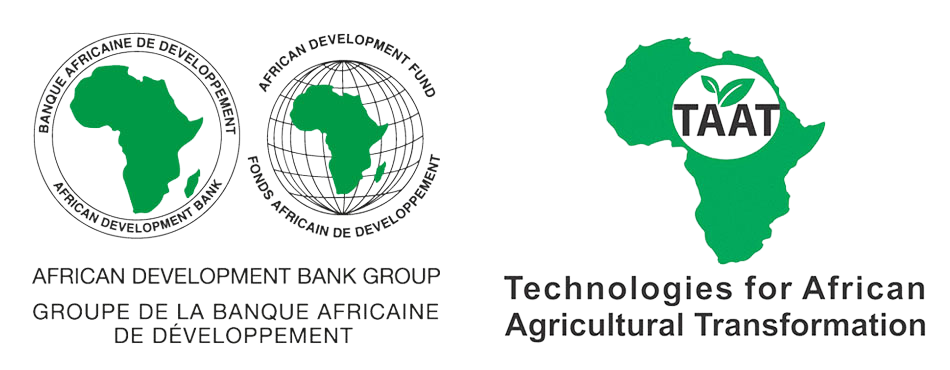Livestock supports the livelihood of about 1.3 billion people in developing countries and contributes up to 30% of the a...
TAAT facilitates access to quality High Iron Bean Seed in Malawi
In Malawi, children under five years suffer malnutrition, with the national prevalence of under-five stunting at about 3...
TAAT opens a new frontier for Wheat in Ethiopia
Recent high-level monitoring visits to TAAT programme sites in Ethiopia show that adoption of new wheat varieties, coupl...
TAAT’s Transformational Footprint in Ethiopia, Zambia, Zimbabwe & Sudan
Agriculture is a key source of livelihood for millions of Africans. However, the sector is yet to prove its mettle in a ...
TAAT deploys climate smart technologies to boost sorghum production in the Sahel
Sorghum is the fifth most produced grain globally. This two-meter tall plant from the grass family is often grown in reg...
Fall Armyworm: TAAT deploys hands-on practical field training to produce better trainers
Since the advent of the Fall Armyworm (FAW) in sub-Saharan Africa in early 2016, several Training of Trainers (ToT) pro...
Nigerian government partners TAAT on HQCP for Livestock feeds
Aimed at turning cassava waste into wealth, the Oyo State Government in South West Nigeria, has partnered with African D...
From Waste to Wealth: How cassava peels processing technology is improving livelihoods in Nigeria
Nigeria is the world’s largest producer of cassava, with a yearly output of about 50 million tonnes. Cassava productio...
Fortenza Duo shows it has more to offer Farmers than reduced FAW Leaf Feeding
By Peter Chinwada, PhD The 2018/19 summer season in Southern Africa was characterized by an El Niño-induced drought whi...

